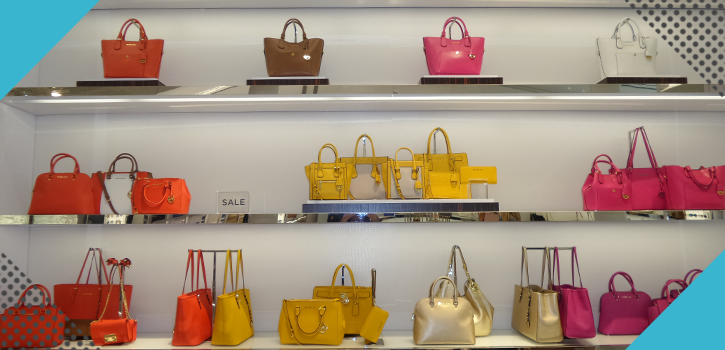Sports brands create a range of sporting goods, including shoes, socks, clothing, gloves and bags. These big specialist companies (like giants Nike, Decathlon and Adidas) show their ingenuity day in, day out as they aim to design high-performance goods that really work for the many sportspeople who use them.
Major sports brands have realised that the sports market is booming. In France, it has been constantly on the up since 2010 and exceeded 11 billion euros in 2017. This success is now extending to e-commerce, where sport is becoming increasingly important in the global population’s everyday lives. According to figures from the French Federation of E-Commerce and Distance Selling (FEVAD), sporting goods accounted for 24% of purchases in January 2019. This substantial percentage makes sporting goods the tenth most commonly bought products online.
While there are plenty of sports brands on the market, they aren’t all the same, unfortunately.
With Covid-19 creating a variety of difficulties for businesses, some brands have used their imagination to hold onto their spot at the very top of the sector. This article explains how Nike has managed to hold its head high and defend its title as a leader in the sports e-commerce world.
52 key terms if you’re going international
Nike: to the USA
Let’s look at some history…
Named after the goddess of victory, the US company created in 1971 by Philip Knight and Bill Bowerman is undoubtedly THE leading specialist sports manufacturer. The brand started building its reputation with a simple, easily recognisable logo: the Swoosh designed by Carolyn Davidson the same year. Then came the famous “Just do it” slogan, which meant Nike increased its market share in the sports shoes sector from 18% to 43% in the 80s and 90s using advertising. In 2005, the brand really began to expand, making 55% of its sales abroad. And that was just the start…
Nike the number one…
When it comes to marketing, Nike happily turns to the greats. Neymar, Tiger Woods and Rafael Nadal have all been sponsored. But it was the great Michael Jordan who helped Nike reach its heyday with the famous Air Jordan collaboration. The brand has also been keen to step outside its comfort zone by tackling skateboarding: a sport that doesn’t get much coverage. With this “innovation”, it dominated the market and reached the very top. Nike was the first brand in its sector to go offshore.
It’s so powerful that in November 2019 it stopped direct sales of its products on Amazon, the world’s biggest e-commerce marketplace.
But just over a year ago, the world was faced with a new crisis in the shape of Covid-19. The pandemic stopped almost all commercial activity. But this didn’t stop the brand, which has shown exactly why it deserves its number one spot.
Impact of the Covid-19 crisis on the brand
The pandemic has had a major effect on the sports brand’s activity in China, Macao and Hong Kong. When coronavirus hit, Nike had to temporarily close half its stores in these locations to keep its staff safe.
Its results dived. The number one lost 790 million dollars and its turnover plummeted 38% in the last quarter of its non-calendar tax year (end of 2019 to start of 2020).
But the new situation hasn’t worried the brand too much as consumers’ appetite for Nike products has only grown with online sales through the roof! In fact, the company’s revenue increased 5% to 10 billion dollars in February 2020. It also offset some of its losses with a 75% rise in online sales, which overtook in-store sales by over 30%.
Now, nearly all of Nike’s stores have reopened worldwide.
Supporting healthcare workers through the pandemic
Despite coronavirus and the difficulties it has created, the brand has been able to help healthcare workers in several ways.
From trainers to face shields…
In partnership with health professionals at Oregon Health & Science University, Nike made its mark by producing face shields with plastic it normally uses to make its Nike Air trainers. These shields have shoe collar padding to keep them comfortable and the cord is the same one used on Nike clothing and bags. The brand is taking action to combat the pandemic.
.
But it doesn’t stop there! Working with the non-profit organisation Good360 to improve the daily lives of healthcare workers in Europe and the USA, Nike has distributed an amazing 140,000 items! This significant donation is just one element of Nike’s continued campaign against Covid-19, which has totalled 25 million dollars so far.
As you have seen, while Nike has encountered a range of challenges, it always has more surprises up its sleeve. The brand just keeps on innovating to hold onto its spot as market leader in the sports brand sector. Watch this space to see what it does next…







